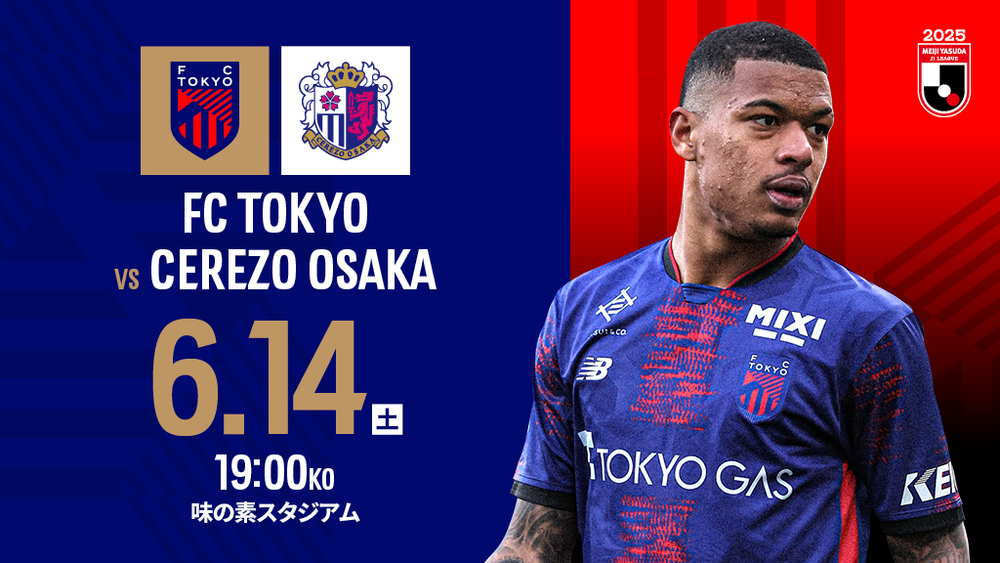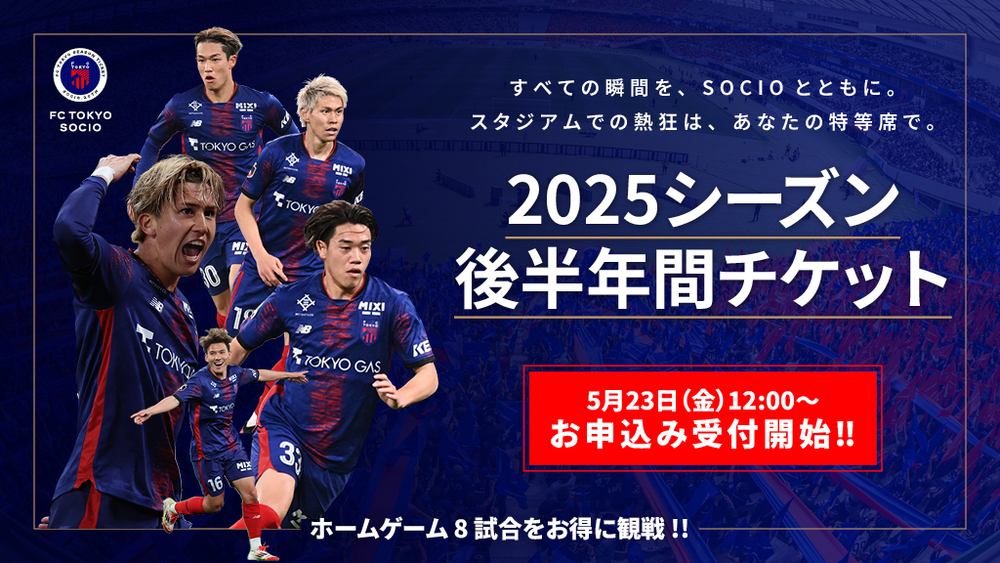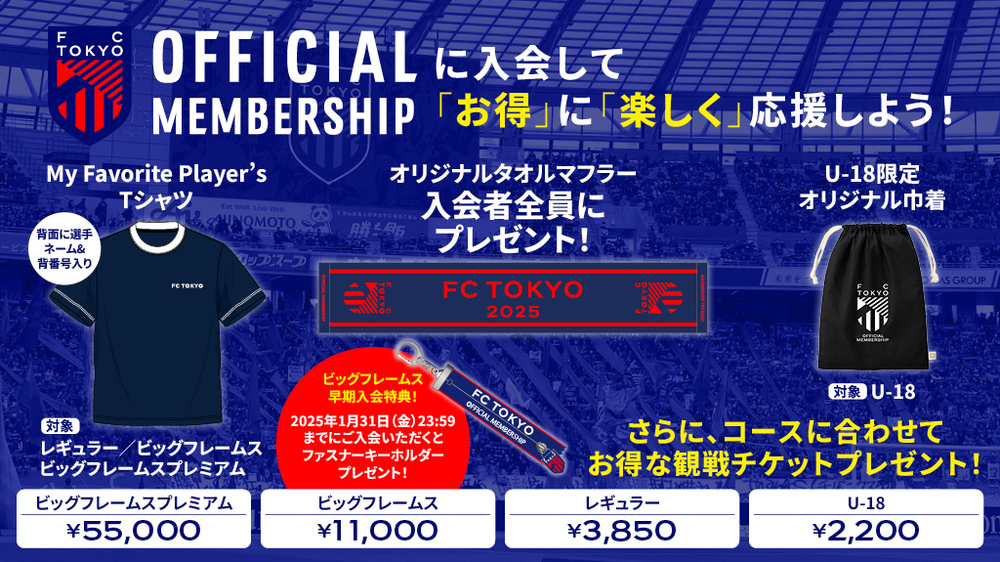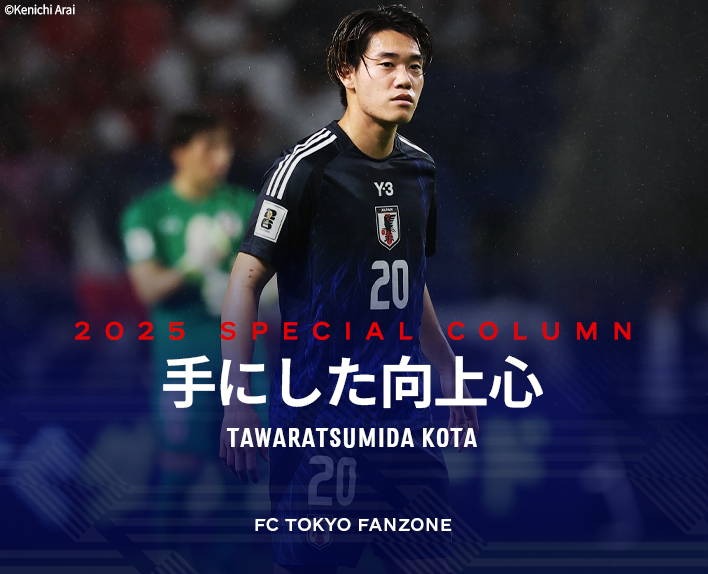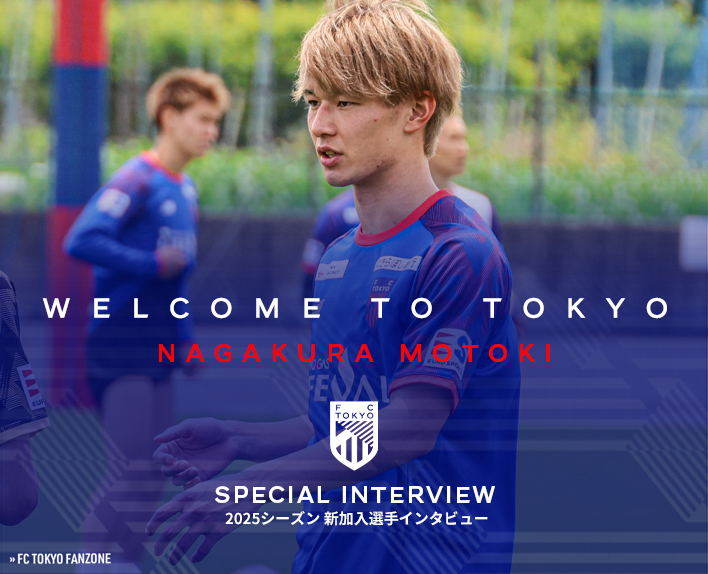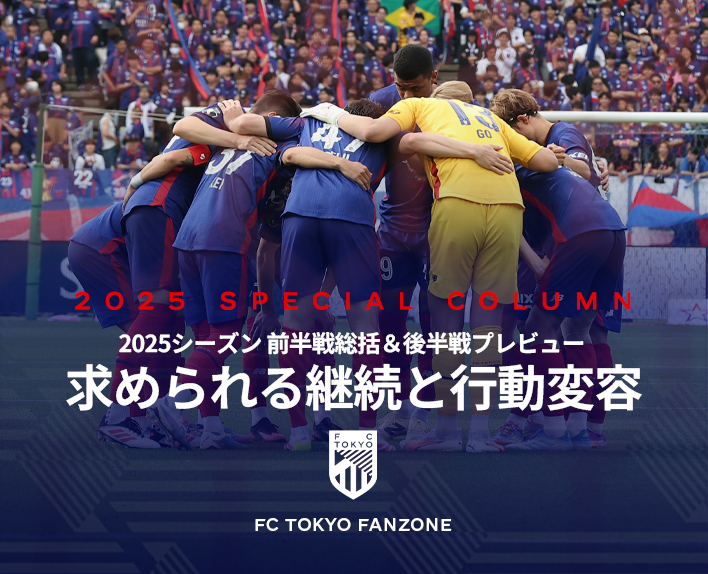From Blue-Red to SAMURAIBLUE. Yuto NAGATOMO and Kota TAWARATSUMIDA from Tokyo have been selected for the Asian final qualifiers of the FIFA World Cup 26 North and Central America tournament. Tomoo Aoyama reports on the challenges of these two players heading toward their dream stage. This time, an exclusive on-site coverage of TAWARATSUMIDA, the only newly called-up player who played in two matches, focusing on the Indonesia match. We deliver not only the match details but also what he gained from this national team activity and his thoughts for the future in Tokyo.
The continuation of the dream came soon.
At the 33rd minute of the second half, number 20 stands on the pitch side of the City of Suita Soccer Stadium. Wearing the blue uniform he admired, he was sent onto the pitch as a member of the Japan national team for the first time domestically. On his back, the name "TAWARATSUMIDA" is written in 13 letters, spanning his shoulders to the fullest. Due to production timing, all players wore only their numbers for the away match against Australia, but finally wearing the completed name-printed uniform, Kota TAWARATSUMIDA earned his second cap for the Japan national team in the home match against Indonesia.
Four days after his national team debut, where he started nervously but showed daring vertical breakthroughs, he no longer appeared tense. This time, he came on as a substitute with the score at a wide 5-0 margin, but when coach Hajime MORIYASU told him, "Go aggressively!", Tawara Tsukida resolved to "be myself and take on more challenges," actively showcasing his strengths.
And just 2 minutes after coming on as a substitute, in the 35th minute of the second half, his skill brought the 6th goal to Moriyasu Japan.
Received the ball on the left side and advanced vertically, shaking off the opposing defender running alongside and entering the near zone. Carried the ball to the goal line and passed backward, where Keito Nakamura's shot was deflected, and Mao HOSOYA kicked it in. The powerful breakthrough led to the desired "result."
Then, in the 43rd minute of the second half, he broke away from the opponent in his own half and showcased a long-range dribble like a heavy tank, slicing through the opposing defense. Although the final pass from here did not connect with the forward line, he fully demonstrated the original "fear factor" he has shown in Tokyo on the national team pitch as well.
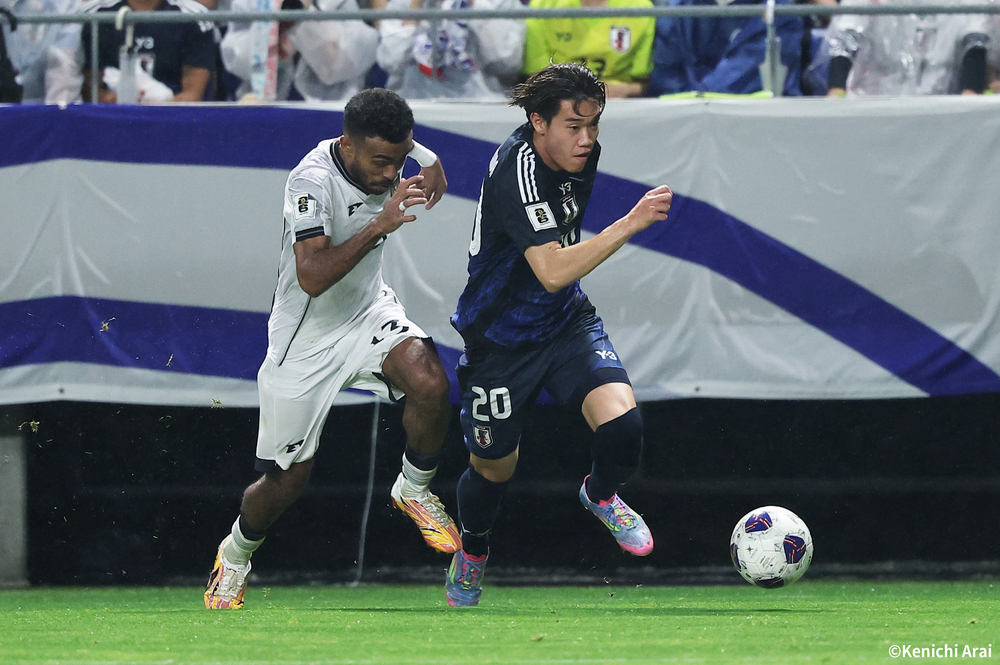
At the 45th minute of the second half, he once again launched a powerful diagonal dribble from the side, carrying the ball all the way to the goal line and earning a corner kick. In the additional time of the second half, there was also a scene where he brought the ball in from the left side, delivered an angled ground wedge pass to Hosoya, and then broke forward to receive the ball again.
In the Australia match where he started, his aggressiveness stood out with notable solo attempts, but it is very positive that he created several key moments in the last 15 minutes of the Indonesia match as a substitute. His use as a super-sub involved contributing to goals, and his powerful dribbling and coordination with teammates to help secure victory also deserve recognition.
The only regret was that at the 44th minute of the second half, he couldn't perfectly control the long feed from Ayumu Seko with the outside of his right foot, and the ball went out of bounds. Especially since he had said the day before the match, "If the first touch is perfect, it would be ideal," it should have been a moment to launch a swift attack.
This June series consisted of two matches that strongly focused on "discovering new talent" for the Japan national team, which had already secured qualification for the final round. After the match against Indonesia, coach Hajime MORIYASU explained, "This time, rather than team tactics, I wanted to first see the individual players' fundamental abilities and what kind of strengths they possess."
Regarding the new members including Tawara Tsukida, he commented, "While I was impressed by their wonderful qualities, there were still areas observed during practice and matches where they need to improve in order to continue being selected for this team. The Japan national team does not have fixed regular or substitute players, but currently there is still a gap compared to the players who have been central and delivered results so far." However, he added, "I felt that they have grown significantly, with more things they can do and try. Young players can change dramatically with just one experience. This series has become one where we can greatly expect them to fight for positions in the strongest national team."
The new players this time are seen as hopeful prospects for the team aiming for next year's World Cup. Although they currently only play a small role within the large group, their activities have shown significant growth in a short period.
Regarding the left wing-back position where Tawara Tsukida was deployed, the main rivals are Kaoru Mitoma, who scored double-digit goals in the English Premier League, and Keito Nakamura, who is expected to spark a bidding war in France's Ligue 1. Although there is currently a noticeable gap, by bringing back the lessons learned from this national team activity to Tokyo and raising daily perspectives with a global mindset, growth can be accelerated. This experience must become a significant turning point.
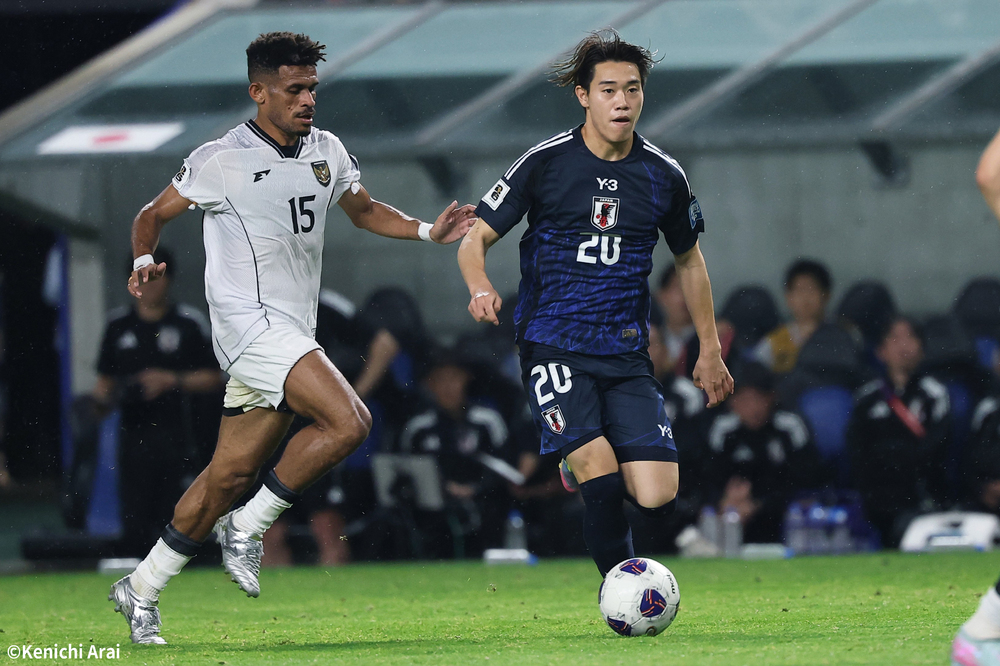
Tawaratsumida summarizes the June series this time.
"I believe this time with the national team will contribute to my growth. Although the opponent was from Asia, the world is the world, and I understood the areas where I can compete. On the other hand, the challenges became clearer, such as accuracy and decision-making after breaking through, and fighting in defense. Now that what I need to work on is clear, all that's left is to do it. There are truly many areas to improve, so I want to make the most of each day and turn it into my strength."
Among the seven players called up for the first time this time, the only one who got playing time in two matches is undoubtedly a reflection of Hajime MORIYASU's expectations. Starting in the lineup and being used as a super-sub, it can be seen as giving him an opportunity to grow while assessing his suitability. That is why how he develops from here is crucial.
Position changes people. Unlike the match against the Australian national team where he couldn't hide his nervousness, the expressions and tone he showed in the mixed zone at Suita seemed to tell a story of change in a short period.
Having completed his activities as a member of the Japan national team, which changed from a dream to reality, he returns once again to the battlefield in blue and red. He will make his name known to soccer fans across Japan and take the pitch in the J.League. Tawara Tsukida continues.
"This national team activity has boosted my confidence. I want to bring this experience back to Tokyo and work hard to contribute to my own growth and the team's victory."
I asked him, "Did you feel a stronger sense of responsibility to deliver solid results in Tokyo as a member of the Japan national team and lead the way?" However, the answer I received was completely different from what I expected.
"I think it's normal to think that way, but on the contrary, I want to play with the feeling that 'I am the worst player.' Coach Hajime MORIYASU also encouraged me to do so, and I believe I must have a strong desire to improve and challenge myself greedily."
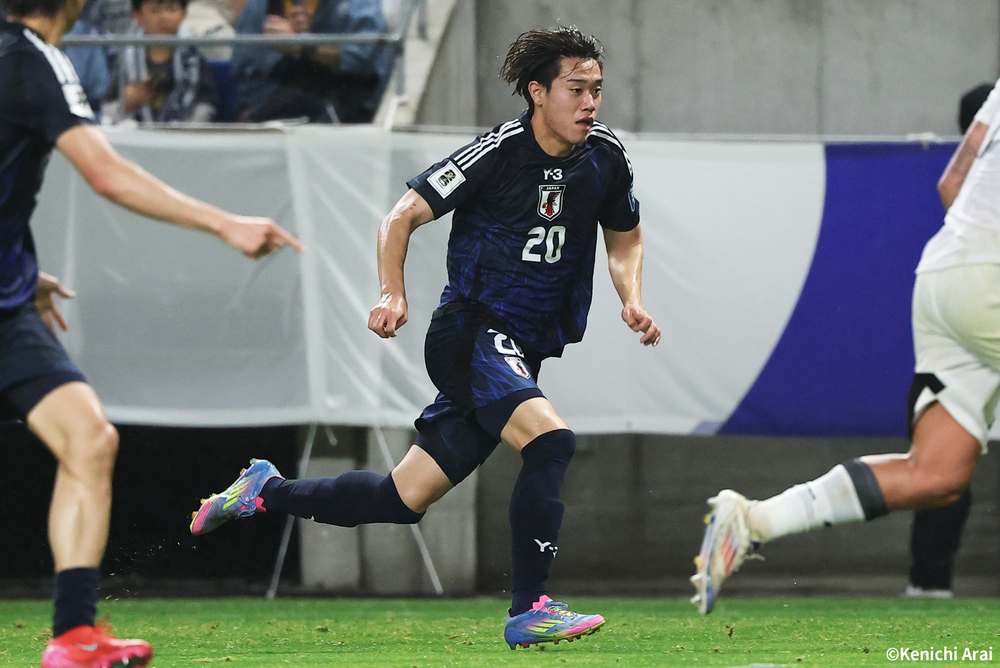
To climb up from the very bottom, rapid and significant growth is necessary. I have nothing but growth. I must grow──. The commander probably wanted to convey that the heights we aim for cannot be reached otherwise. This awareness seemed to reflect the expectations behind being given playtime in two matches.
There are not many Japanese players who can carry the ball alone from the side to the goal area and make a backward pass in the negative direction. Considering the future, it might have been inevitable that Coach Moriyasu saw potential in the 21-year-old attacker.
Kota TAWARATSUMIDA, who discovered a new world in a short period and underwent change, changes from blue to the blue-red uniform, pledging great evolution with a strong ambition for improvement.
(Honorifics omitted in the text)
Text by Tomoo Aoyama
Photos by Kenichi Arai
